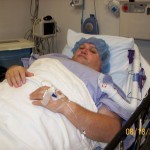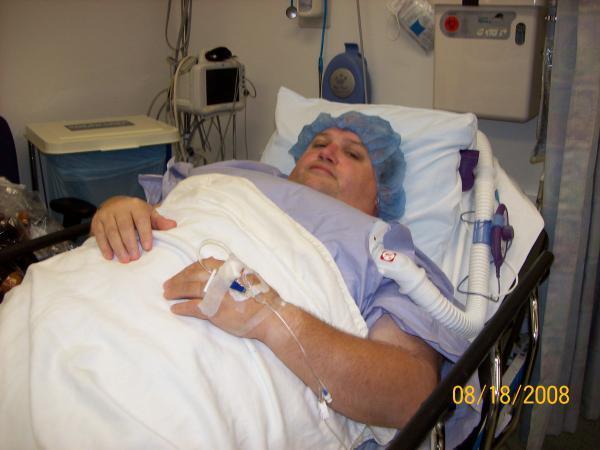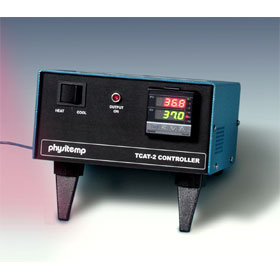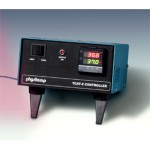 Peri-operative hypothermia is a common problem related to the practice of anesthesia. Numerous studies have documented the negative effects of hypothermia to the extent that SCIP has made patient temperature a marker of quality care. In an attempt to reduce hypothermia, many anesthesia providers recommend patient pre-warming in the holding area prior to surgery.
Peri-operative hypothermia is a common problem related to the practice of anesthesia. Numerous studies have documented the negative effects of hypothermia to the extent that SCIP has made patient temperature a marker of quality care. In an attempt to reduce hypothermia, many anesthesia providers recommend patient pre-warming in the holding area prior to surgery.
An article by Horn EP et al published in Anaesthesia (The effect of short time periods of pre-operative warming in the prevention of peri-operative hypothermia., Anaesthesia. 2012 Jun;67(6):612-7) evaluated the effects of 10, 20 and 30 minutes of forced air pre-warming on surgical patients. The study found that those who were not pre-warmed experienced a greater temperature drop during surgery regardless of the active measures used in the operating room to maintain body temperature. The Authors recommended a minimum of 10 minutes of pre-warming prior to surgery.
Click here for an abstract of the Horn et al study
In a separate study by Wagner, D published in AORN, the causes and problems related to hypothermia are listed. According to the author, the following factors place the patient at risk:
- Cold ambient temperatures
- Cold beds
- Reduced Metabolism
- Anesthesia / pharmacological agents
- Evaporative heat loss
Patients who become hypothermic experience the following problems:
- Negative nitrogen balance with reduced kidney perfusion
- Respiratory distress
- Reduced metabolism of medications
- Delayed recovery from anesthesia
- Impaired platelet function and clotting
- Impaired wound healing
- Increased wound infections.
To prevent intraoperative hypothermia, the author recommends forced air pre-warming
Click here to view the author’s article.


